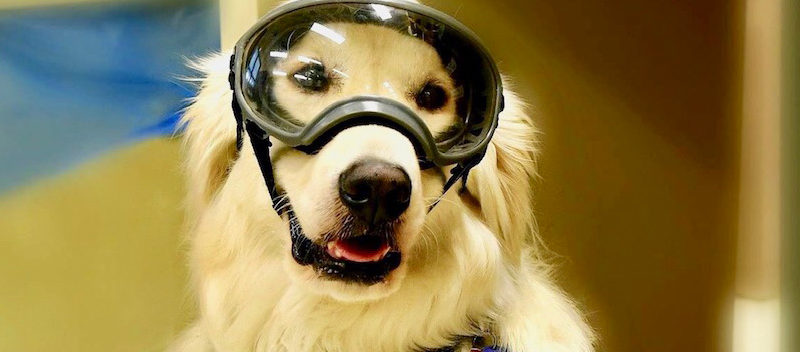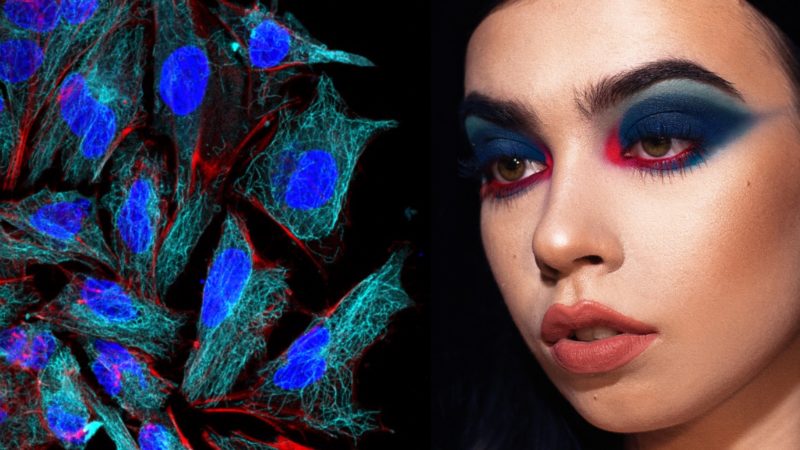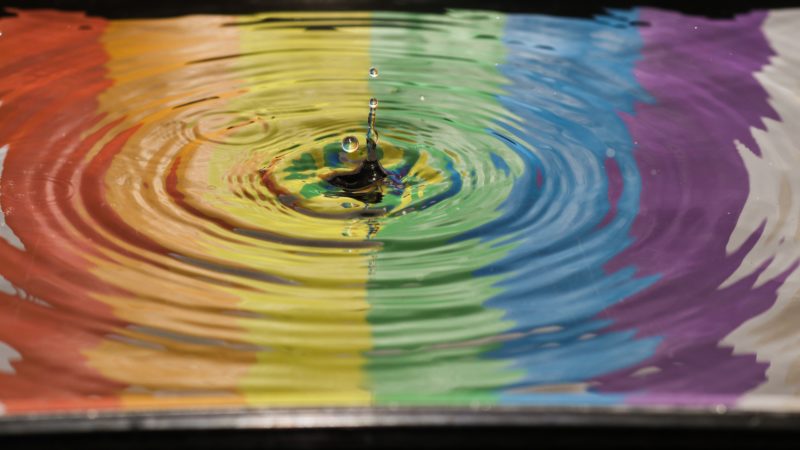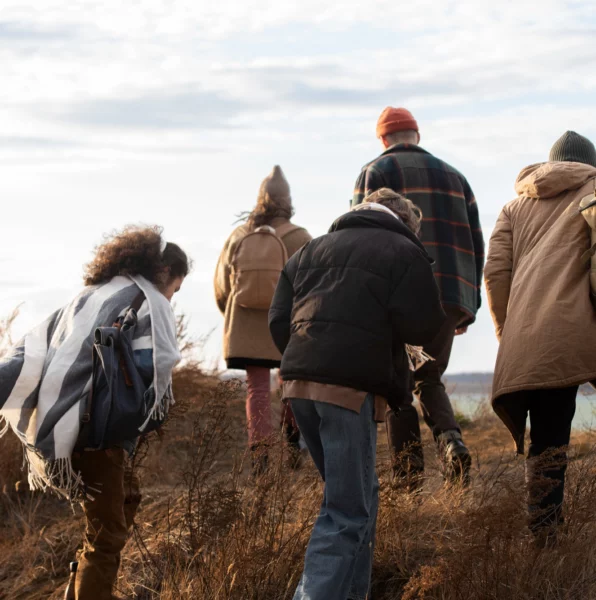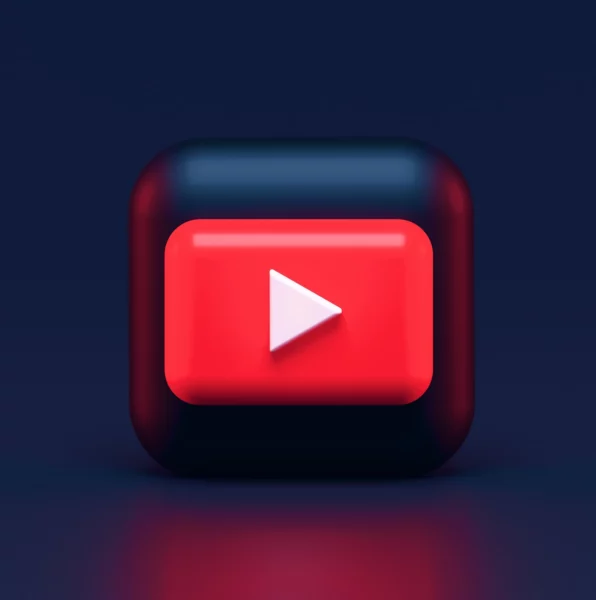Queer voices in science communication have been traditionally marginalized and silenced. Tara Roberson, co-editor of the new textbook “Queering Science Communication”, explains how radical inclusivity can foster innovation, increase empathy and what allies can do to support.
“Bring your rainbow stickers and change the discipline we work in!”
Emily Standen, who contributed a chapter on queer activism in your book “Queering Science Communication”, said in an interview that if something breaks in the lab, you are most likely not going to fix it with a rainbow sticker. But she also argues that diverse perspectives can foster innovation. How can science communication benefit from a queer perspective?
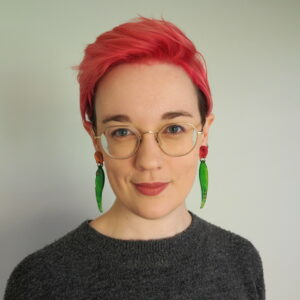
One thing our book focuses on is exploring ways to enhance science and innovation processes by better incorporating the perspectives of diverse individuals. That’s because people from diverse backgrounds offer fresh insights into research topics and processes, as well as our approach to treating people as the subject of research. In my opinion, conducting research and practice with increased empathy and awareness of diversity leads to more valuable outcomes. An example of this is the LGBTQIA in Disaster Risk Reduction network. They advocate for research and policy focused on LGBTQIA+ people. Introducing these new areas and ideas generates specialized knowledge that addresses the specific vulnerabilities of queer individuals and communities.
You introduce “queering” science communication as an adjective, verb and a noun. What does it mean to “queer” science communication?
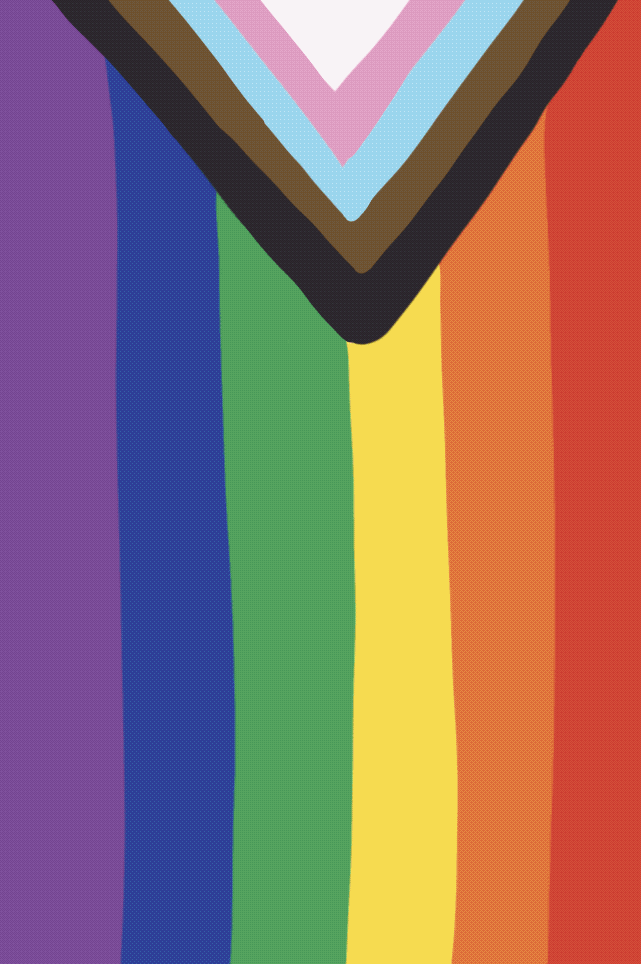
Our use of “queer” in this book aims to achieve a few things. First, we wanted to address the diversity of sex, gender, and sexual orientation and go beyond the traditional binary concepts. We use “queer” as a way of encompassing a wide range of identities.
Second, “queering science communication” was our way of adopting a more active and critical perspective towards our field. We want science communication – in research, education, and practice – to more actively address the gap of LGBTIQA+ inclusion. This means highlighting queer worldviews and empowering participation by LGBTIQA+ communities.
We thought a lot about how to incorporate the perspectives, knowledge, and experiences of LGBTIQA+ individuals into different aspects of science communication. In the introduction to our book, we explain more about our approach, recognizing that there are still gaps we may not have fully addressed. One limitation is that “queer” is a term that remains challenging because of historical usage of the term in a pejorative way, so it is not without its flaws. But, it was the best word we could find to encapsulate the essence of what we aim to achieve with this book.
Why was creating “a new sub-genre of science communication discourse” necessary?
The topic of queering science communication has been largely absent in scientific research, especially in recent literature. While there has been some progress in practical science communication, such as drag and queering activities in science museums, these developments have not been adequately reflected in our most current literature. If we delve further, there is a noticeable gap in how people discuss the audiences they engage with in science communication and the participants in their surveys.
For example, we look at research literature in science communication on equity, diversity, and inclusion between 1993 and 2020. We found just 46 articles in that 27 year period that referred to gay, lesbian, bisexual, transgender, and intersex communities and most of those articles were not actually focused on LGBTIQA+ people. We felt that we had some knowledge on the subject and wanted to start addressing that gap. Now, we are hoping that others would engage with the book, challenge it, and build upon it. Someone had to take the first step, and that’s what we are striving to do.
You touch upon the topic that “queer” science communication, despite being a broad term, might not include everyone and some individuals may feel uncomfortable with the terminology. What was the reception of the book like so far?
The reception so far has been genuinely amazing. Here’s a personal example, when I visited my parents‘ house, my mom, who wanted a copy, was reading this academic book. She has been absorbing this new knowledge and these new terms, and she’s been expressing herself in a way that I’ve never heard before. It’s been a truly beautiful experience.
I guess some of the criticism we might have anticipated regarding the term hasn’t really materialized. I have encountered one or two individuals who have mentioned that it’s a challenging term in everyday language because they associate it with slurs, but they had come around to our way of thinking, which is that we should reclaim and redefine this word to serve our own purposes, rather than letting it define us.
Motion and Wallace outline in their chapter how queer individuals can draw from their lived experience to enhance their science communication practices. Could you elaborate on the synergies that emerge from queer science communication?
Alice and Lee are discussing narratives, and what they touch upon is the queer art of crafting a compelling story. This often revolves around the process of coming out and the evolving identity of a queer person, as well as weaving a narrative about fitting into the community.
Personally, I think another contribution queer (or other marginalized) science communicators bring to their work is a heightened awareness of who is and is not included. So, when you approach something with the awareness that you’re not considered part of the majority and you’re searching for your place and representation, it can lend a critical perspective to certain assumptions or practices that are commonly accepted.
Drag is increasingly used as a format in science communication. What is the advantage of a “campy” delivery of traditionally serious science subjects?
Well, campy is not only fun and outrageous, but also highly entertaining. It embodies this wonderful tradition that drag brings to our lives, which is highly varied – it can include dance performance, lip syncing, singing, theatre, and much more. We have a bit of “campy” tradition in science communication already in some formats like science circuses, where they entertain the audience and, through that entertainment, introduce them to different science and technology worlds. One advantage of campy delivery is that it makes science and technology subjects into something enjoyable and vibrant, it diminishes those potential barriers and transports you to a new realm where you might find yourself more excited about the story or performance unfolding in front of you.
Teaching notes conclude each of the four chapters of the textbook. You recommend, for example, that students analyse a drag-based science communication performance. What are the overarching goals of these classroom activities?
In developing classroom activities, we wanted to provide specific and practical methods that researchers, busy academics, and other teachers could employ to incorporate queering science communication into their lectures and classes. Our intention is to foster an environment where this concept of queering science communication can evolve and transform. One important arena where this evolution occurs is in teaching where we encourage our wonderful graduate and undergraduate students to consider careers in science communication and affiliated fields.
What role does intersectionality play in queering science communication?
An important role! There are numerous ways to approach topics within science communication, whether it pertains to race, queerness, disability, and so on. These aspects are crucial and valuable, requiring us to consider them holistically, ensuring that when we promote one viewpoint or include a particular perspective, we do not diminish the importance of others.
In the context of the book, we faced the challenge of addressing the LGBTIQA+ community, given the vastness of the acronym and the various identities it encompasses. We acknowledge that there are areas where we may not have delved as deeply as we would have liked. Recognizing this is part of embracing intersectionality, by telling people to that there are gaps and encouraging them to contribute and fill those gaps in their own ways.
Queering Science Communication - Representations, Theory, and Practice
LGBTIQA+ people have unique contributions to make and issues to meet through science communication. This textbook examines the place of queer people within science communication and asks what it means for the field to ‘queer’ science communication practice, theory and research agendas. Written by over forty contributors from all areas of science communication, Queering Science Communication offers concrete examples for academics, students and practitioners who strive to foster radical inclusivity and equity in science communication.
The first way that allies can create a space for queering science communication is by recognizing that their knowledge is likely limited and it may be time to educate themselves in a manner that suits them best about this incredibly vibrant, diverse, and challenging field. Additionally, I encourage all queer science communicators, both those featured in the book and those outside of it, to build their profiles and become more widely recognized for the valuable work they are doing. Allies can do their part by following these developments striving to diversify in the voices we amplify across various platforms, including in science communication conferences and research publication forums. 
How do you envision the future of queering science communication?
Well, this book is very much a first attempt at queer science communication. We would love to see more variations in contributions that build on and contest this work. While we covered a lot of ground in our work, I’d like to see more variations again, including different cultural perspectives because there is much more to discuss and celebrate in this space! I would like to see more science drag, cause I just want to go to those performances! I hope our book serves as a starting point for people to think about the ways that they can contribute to queering science communication. Bring your rainbow stickers and help us change this discipline we work in.

